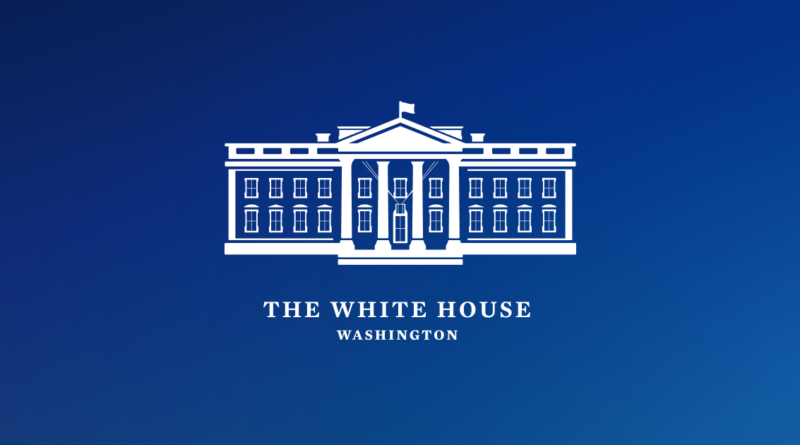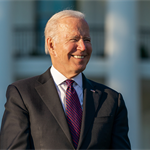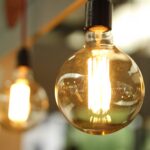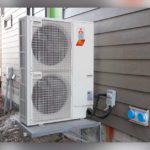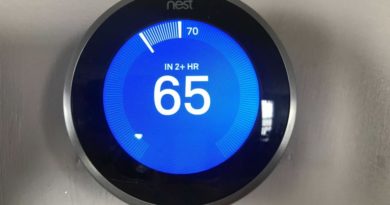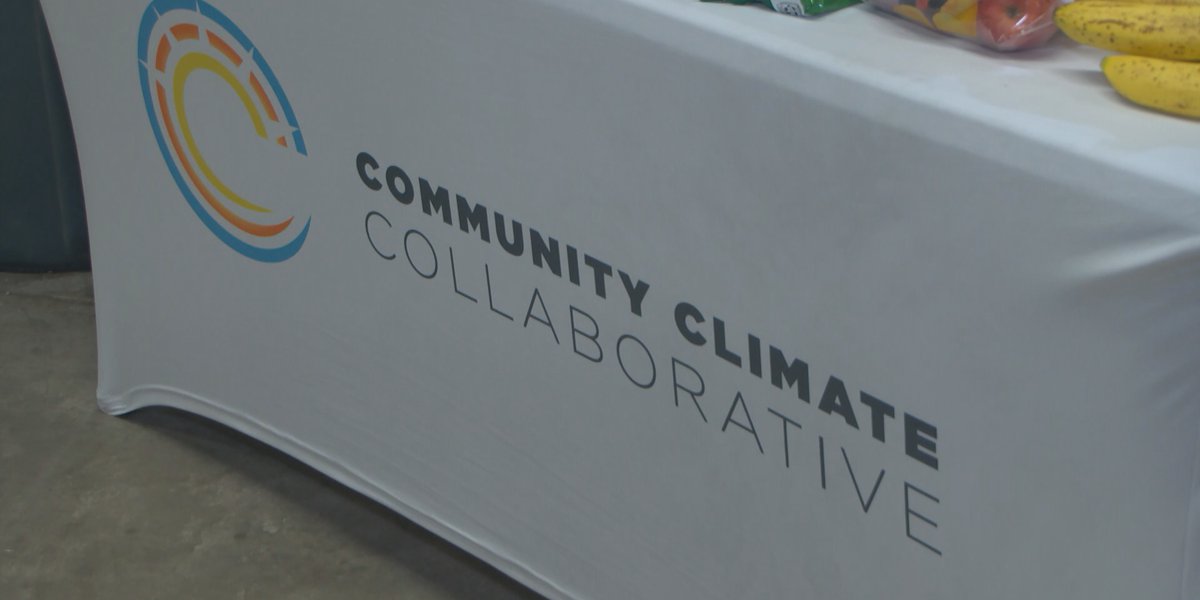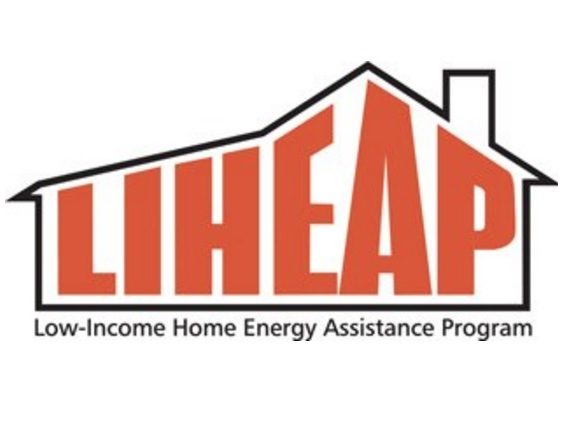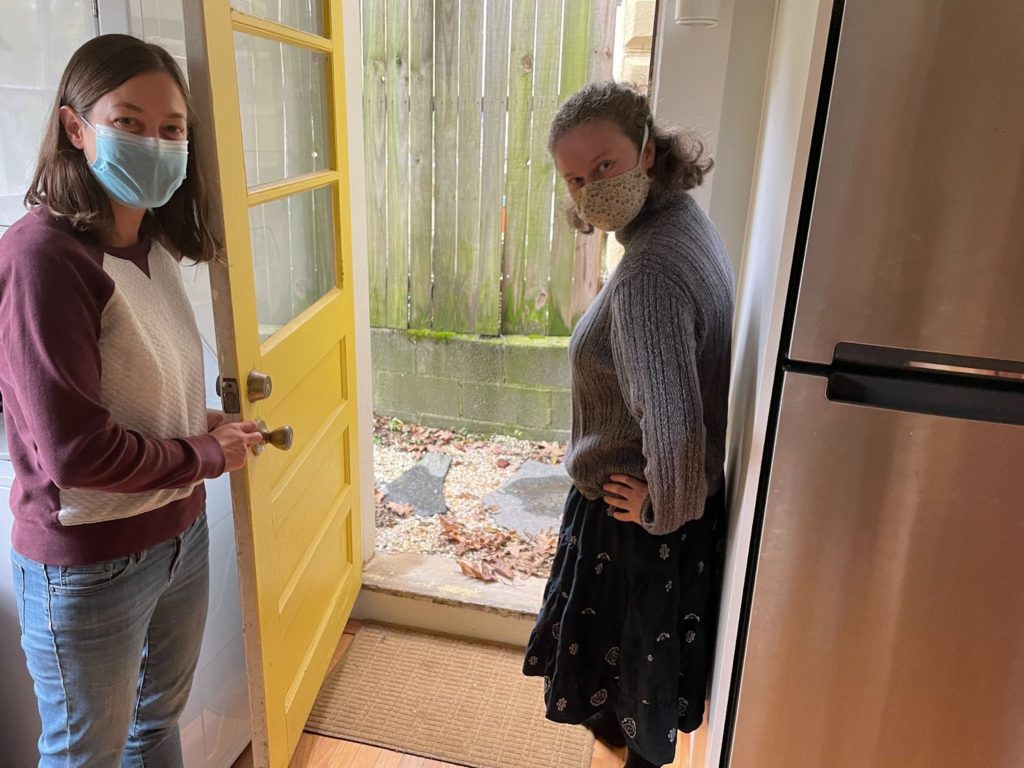FACT SHEET: Biden-Harris Administration Announces Six New Actions to Lower Electricity Bills for Working Families – The White House
Energy Disrupter

Boosted by the Bipartisan Infrastructure Law, Actions to Connect More States and Families to Affordable, Reliable Solar Projects and Create Clean Energy Jobs
President Biden is laser focused on lowering energy costs for working families while creating good-paying jobs and tackling the climate crisis. As extreme heat continues to affect tens of millions of Americans, hitting low-income families harder than others, President Biden is implementing new programs to help maintain a consistent and affordable energy supply to cool their homes.
Today, the Biden-Harris Administration is announcing six new actions to lower home electricity costs for hard-hit American families by increasing access to affordable and more reliable clean energy and create clean energy jobs:
LOWERING ELECTRICITY COSTS
- Connecting Families to Low-Cost Solar Power: The Department of Housing and Urban Development (HUD) is issuing new guidance that – for the first time – will help enable families in HUD-assisted rental housing to subscribe to local community solar where available. With this guidance, HUD setting the stage for 4.5 million families to reap the benefits of community solar which, on average, can save families 10% per year on their electric bills. In some programs, such as the Washington, DC Solar for All program, savings to households from subscribing to local community solar can reach up to 50% per year.
This national guidance builds on recent state-specific guidance that HUD has provided to Illinois, Washington, DC and New York, that determined community-net-metering (CNM) credits would be excluded from household income and utility allowance calculations and therefore not increase housing costs for residents in properties participating in HUD Multifamily, Public Housing and Housing Choice Voucher rental assistance programs.
- Connecting States to Low-Cost Solar Power: The Department of Energy (DOE) and the Department of Health and Human Services (HHS) are announcing that Colorado, Illinois, New Jersey, New Mexico, New York, and Washington, D.C. have signed up to pilot the Community Solar Subscription Platform which is designed to connect community solar electric bill savings projects to households participating in the Low-Income Home Energy Assistance Program (LIHEAP). DOE estimates that families in the pilot states and Washington, DC will see over $1 billion annually in combined electric bill savings.
- Empowering Rural Housing Authorities to Save Families Money: Building on guidance from last year, HUD will launch a new initiative to help small rural housing authorities make money-saving energy efficiency upgrades and retain the savings from those projects to reinvest in improvements to rural HUD supported rental housing.
CREATING CLEAN ENERGY JOBS
- DOE is announcing the Sunny Awards for Equitable Community Solar, a new awards program to recognize communities that are implementing best-in class community solar programs and projects that lower costs and increase access for families.
- Bringing New Federal Resources to Communities: HUD announced that HUD regional offices will convene stakeholders in their regions over the next 90 days to highlight federal funding sources– including funding streams from the Bipartisan Infrastructure Law, and HUD programs such as the HOME Investment Partnerships program and the Community Development Block Grant – that can be used to support public facilities and increase affordable housing supply that improves energy efficiency.
These announcements are bolstered by funding from President Biden’s Bipartisan Infrastructure Law which will create good-paying jobs in one of the fastest growing sectors of our economy – clean energy. And they build on Bipartisan Infrastructure Law programs focused on lowering utility costs and reducing energy use such as LIHEAP and the Weatherization Assistance Program.
Low-income households spend a disproportionate amount of their earnings on energy costs – according to the Department of Energy’s (DOE) Low-Income Energy Affordability Data (LEAD) Tool, the average low-income household spends almost 9% of their income on energy. That adds up to tens of millions of Americans who are forced to make hard decisions between keeping the lights on or staying cool, and making other essential purchases like food and medicine.
Today’s announcements further the President’s Justice40 Initiative which commits to delivering at least 40 percent of the benefits from federal climate and clean energy investments to disadvantaged communities that are marginalized, underserved, or overburdened by pollution.

